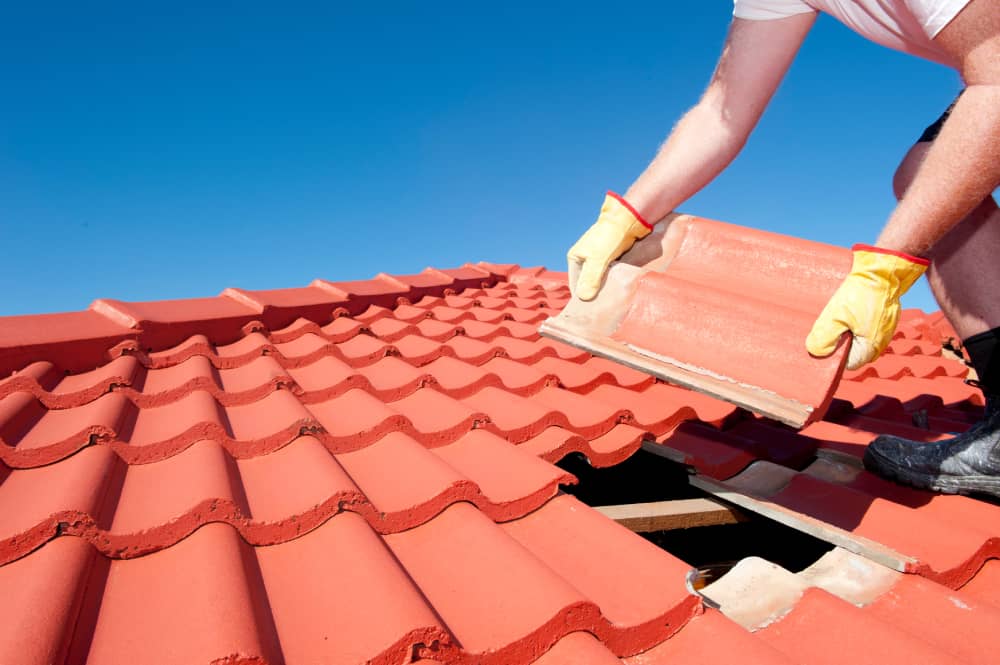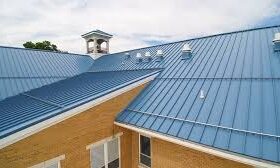Standing water in your yard can be a nuisance. It can damage your plants and invite mosquitoes, termites, and other pests into your home. Adding a French drain system to your yard diverts water from problem areas, keeping it away from the foundation of your house. The pipe carries the water to an outlet area on your property or the municipal sewer system.
Prevents Soil Erosion
A French drain can prevent soil erosion and sand loss by diverting excess water from your foundation and landscaping. This system can also prevent damage to trees and other plants by preventing standing water contaminated with pests and diseases that spread when plant roots stay wet. French drains are perforated trench pipes covered in gravel that prevent surface runoff from flooding and sinking into the ground. When water enters the drainage system, it trickles into the gravel-filled trench and empties safely from your home.
Because of how a French drain is buried, it looks normal in your yard once installed. It doesn’t leave open ditches so that it can be used for walkways and play areas. You can also cover the drainage system with decorative rocks that match your landscape. It’s important to remember that you’ll need to maintain a French drain, so it’s necessary to plan carefully and consider zoning regulations. Ensure the inlet grate and outlet point are easy to access, so you can perform regular inspections and maintenance to ensure your drainage system works properly. If you’re considering putting a French drain in your yard, consulting a professional French drain installer is a good idea. They can help you decide the best location for the drain and help you avoid any pitfalls when it comes to zoning laws or underground utilities.
Prevents Flooding
A properly installed French drain system can prevent flooding in your yard. It draws water from the saturated soil and moves it to an appropriate drainage area, like a municipal wastewater drain or catch basin.
Stagnant water in your yard could be better news for your plants and garden. It deprives them of nutrients and moisture, which can cause them to wilt. The accumulated water can also attract mosquitoes, the last thing you want around your home.
In a perfect world, rain and snow melt would effortlessly flow away from your house. Unfortunately, many homes aren’t located on top of hills, which leaves homeowners searching for a solution to prevent flooded basements, foundation problems, mud-covered lawns, and other issues caused by excess moisture. The answer is a French drain, a gravel-filled trench with a perforated pipe that redirects water away from your home. This solution is easy to maintain, and the gravel blocks dirt and other debris from obstructing the line. Landscape fabric can be wrapped around the pipes to reduce the likelihood of clogs further.
First, to install a French drain, dig a trench from the problem area to your desired drainage point. Once the trench is dug, add gravel and landscape fabric to prevent dirt and other debris from obstructing and clogging the drain, then pour in the perforated pipe.
Prevents Damage to Your Foundation
A French drain system’s best part is that it will protect your home’s foundation. When soil becomes oversaturated with water, it creates a problem known as “hydrostatic pressure.” This pressure forces groundwater up against the foundation of a house or other structure, causing damage. A properly installed French drain system is designed to relieve this pressure. It also protects your yard from nutrient-depleted soil. When heavy rains wash away topsoil, the plants in your landscape have fewer nutrients to draw from and are more likely to become damaged by erosion. Erosion is exacerbated in yards with steep slopes or little vegetation to anchor the soil.
During the installation process, a professional will dig a trench in the desired location where water needs to be diverted. Inside this trench, a perforated pipe is carefully placed, and it is then covered with gravel. The purpose of the perforated pipe is to collect the excess water and guide it away from the problem area. By angling the pipe downward, the water is efficiently channeled towards a drainage basin or a municipal drain. At this point, you have the flexibility to redirect the water elsewhere on your property or allow it to flow into the street drainage system.
Prevents Toxins from Penetrating Your Home
When water collects near your home, it can wash toxins into the soil, where they can then seep into your house through the foundation and ground floor. This can lead to mold, mildew, wood rot, and other problems. A French drain system helps prevent this by redirecting water away from your home, where it can dissipate safely.
Standing water can also create a habitat for mosquitoes, frogs, and other unwanted pests, which can then infiltrate your home. Moreover, these pests can also spread disease and infection to your family. With a French drain installed, you can enjoy your yard without worrying about attracting pests. A French drain consists of a gravel-filled trench with perforated pipe. This drain is often used to transfer surface or groundwater away from an area that needs drainage, such as a garden or home foundation. It can also help protect retaining walls built into a hillside and keep the crawl space beneath the pier and beam homes drier.
If you’re considering installing a French drain in your yard, it’s important to consult a professional to complete the job properly. A professional will know how to find underground utilities to avoid accidentally cutting through a power or gas line while digging. They’ll also be able to recommend the right type of drain for your yard and home.













